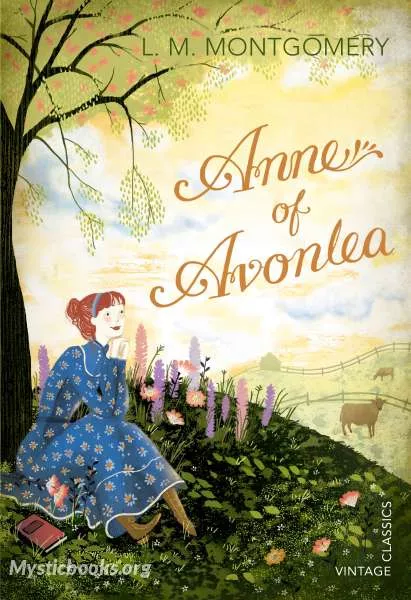
Anne of Avonlea
'Anne of Avonlea' Summary
Anne is about to start her first term teaching at the Avonlea school, although she will still continue her studies at home with Gilbert, who is teaching at the nearby White Sands School. The book soon introduces Anne's new and problematic neighbour, Mr. Harrison, and his foul-mouthed parrot, as well as the twins, Davy and Dora. They are the children of Marilla's third cousin and she takes them in when their mother dies while their uncle is out of the country. Dora is a nice, well-behaved girl, somewhat boring in her perfect behaviour. Davy is Dora's exact opposite, much more of a handful and constantly getting into many scrapes. They are initially meant to stay only a short time, but the twins' uncle postpones his return to collect the twins and then eventually dies. Both Anne and Marilla are relieved (Marilla inwardly, of course) to know the twins will remain with them.
Other characters introduced are some of Anne's new pupils, such as Paul Irving, an American boy living with his grandmother in Avonlea while his widower father works in the States. He delights Anne with his imagination and whimsical ways, which are reminiscent of Anne's in her childhood. Later in the book, Anne and her friends meet Miss Lavendar Lewis, a sweet but lonely lady in her 40s who had been engaged to Paul's father 25 years before, but parted from him after a disagreement. At the end of the book, Mr. Irving returns and he and Miss Lavendar marry.
In the chapter entitled, "An Adventure on the Tory Road," Anne and Diana discuss the eponymous " 'Tory' Road," constructed and landscaped by " 'the Tory government'," provincial "Conservatives...'when they were in power just to show they were doing something.' " A resident also reminisces about adolescent courtship in her father's roadside home "twenty years ago." The Conservative majority dissolved amidst the 1867 Land Question politics of the Tenant League and regained the provincial government between 1870-91. 1896 Dominion elections similarly inspired author L.M. Montgomery to fictionalize "Conservative" reactions to Liberal "Grit" ascension in the 1917 Anne's House of Dreams. Both novels nevertheless traverse multiple temporalities and timelines in a politics of post-Confederation memory.
Anne discovers the delights and troubles of being a teacher, takes part in the raising of Davy and Dora, and organizes the A.V.I.S. (Avonlea Village Improvement Society) together with Gilbert, Diana, and Fred Wright, though their efforts to improve the town are not always successful. The Society takes up a subscription to repaint an old town hall, only to have the painter provide the wrong colour of paint, turning the hall into a bright blue eyesore. The trials and travails of the A.V.I.S. further represented the lackluster results of an imagined bipartisan effort to interweave "Liberal" notions of rural "secularization" with "Conservative" temporal ideas on urban "modernities."
Towards the end of the book, Mrs. Rachel Lynde's husband dies and Mrs. Lynde moves in with Marilla at Green Gables, allowing Anne to go to college at last. She and Gilbert make plans to attend Redmond College in the fall.
This book sees Anne maturing slightly, even though she still cannot avoid getting into a number of her familiar scrapes, including selling Mr. Harrison's cow after mistaking it for her own, accidentally rubbing red dye on her nose before meeting a famous author, and getting stuck in a duck house roof while peeping into a pantry window.
Book Details
Language
EnglishOriginal Language
EnglishPublished In
1909Genre/Category
Tags/Keywords
Authors
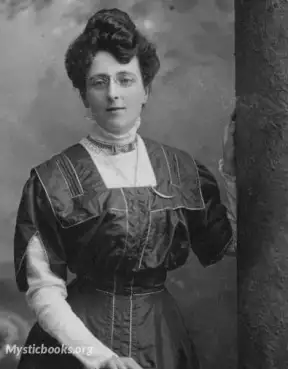
Lucy Maud Montgomery
Canada
Lucy Maud Montgomery (November 30, 1874 – April 24, 1942), published as L. M. Montgomery, was a Canadian author best known for a series of novels beginning in 1908 with Anne of Green Gable...
Books by Lucy Maud MontgomeryDownload eBooks
Listen/Download Audiobook
Related books
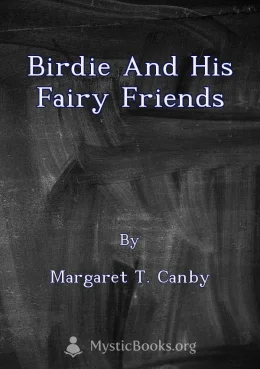
Birdie and His Fairy Friends by Margaret T. Canby
Birdie and His Fairy Friends is a charming collection of stories that follow the adventures of a young boy named Birdie and his fairy companions. Toge...
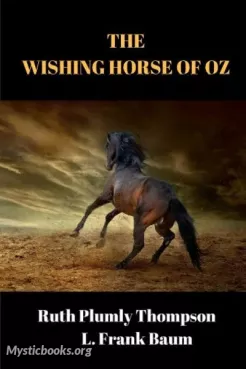
The Wishing Horse of Oz by Ruth Plumly Thompson
Embark on a whimsical journey through the magical lands of Oz with "The Wishing Horse of Oz" by Ruth Plumly Thompson. In this enchanting tale, a capti...
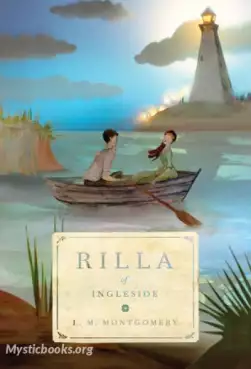
Rilla of Ingleside by Lucy Maud Montgomery
Rilla of Ingleside (1921) is the eighth of nine books in the Anne of Green Gables series by Lucy Maud Montgomery, but was the sixth "Anne" novel in pu...
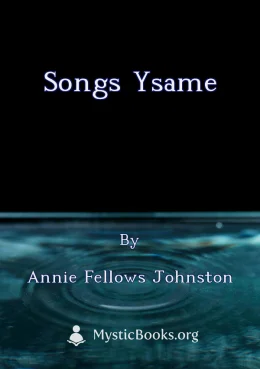
Songs Ysame by Annie Fellows Johnston
This collection of poems, "Songs Ysame," was a collaborative effort between sisters Albion Fellows Bacon and Annie Fellows Johnston. Known for their d...
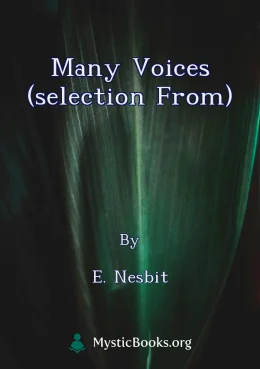
Many Voices (selection from) by E. Nesbit
E. Nesbit (Edith Bland) was a prodigious 19th century children’s writer who produced over 60 books of fiction for children. This book of poems has man...
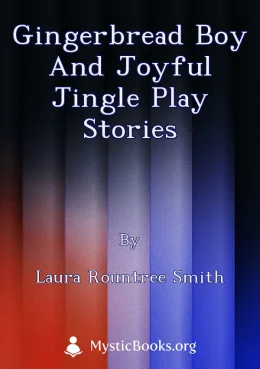
Gingerbread Boy and Joyful Jingle Play Stories by Laura Rountree Smith
Gingerbread Boy and Joyful Jingle Play Stories is a collection of short, funny stories for children that are not only fun to read and listen to, but a...
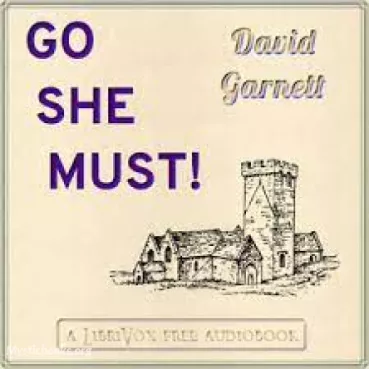
Go She Must! by David Garnett
"Go She Must!" by David Garnett is an engaging and adventurous book that captures the imagination of young readers. Written by the acclaimed English w...
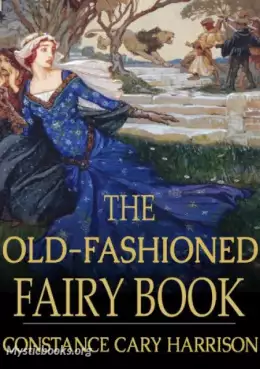
The Old-Fashioned Fairy Book by Constance Harrison
A mediocre book of mediocre stories written to resemble fairy tales. Suffers from historical defects such as misogyny, racism, violence, and religion.
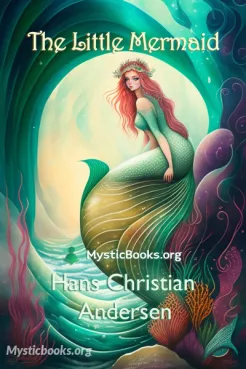
The Little Mermaid by Hans Christian Andersen
"The Little Mermaid" is a Danish literary fairy tale written by the Danish author Hans Christian Andersen. The story follows the journey of a young me...
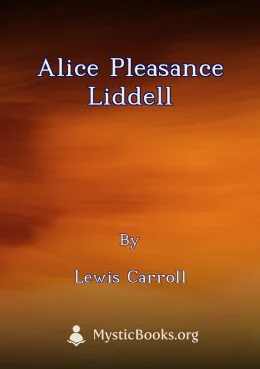
Alice Pleasance Liddell by Lewis Carroll
LibriVox volunteers bring you 23 different recordings of Alice Pleasance Liddell by Lewis Carroll. This was the weekly poetry project for the week of...
Reviews for Anne of Avonlea
No reviews posted or approved, yet...